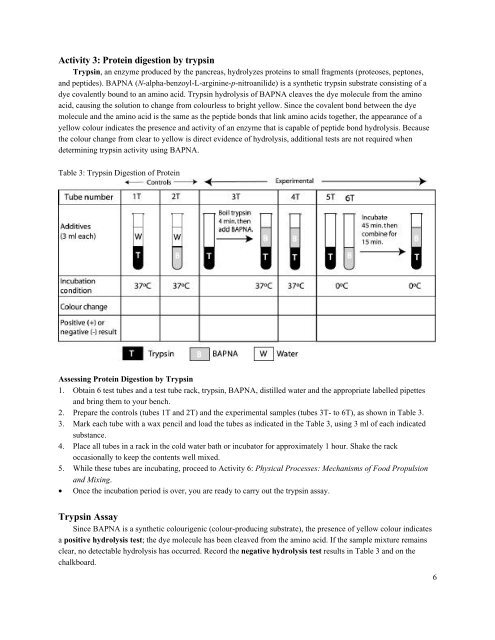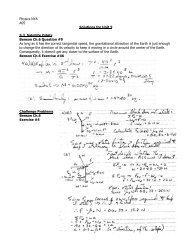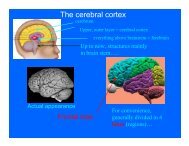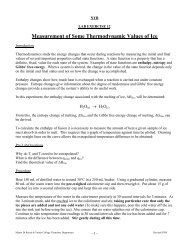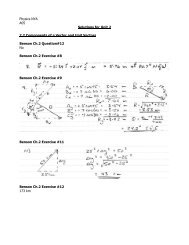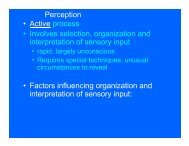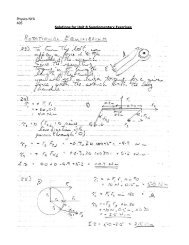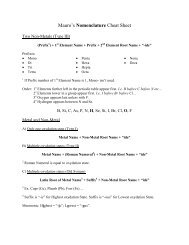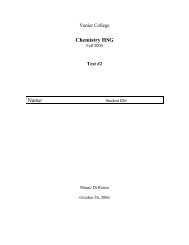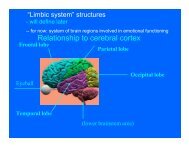CHEMICAL AND PHYSICAL PROCESSES OF DIGESTION
CHEMICAL AND PHYSICAL PROCESSES OF DIGESTION
CHEMICAL AND PHYSICAL PROCESSES OF DIGESTION
You also want an ePaper? Increase the reach of your titles
YUMPU automatically turns print PDFs into web optimized ePapers that Google loves.
Activit y 3: Protein digestion by tryp sin<br />
Trypsin, an enzyme produced by the pancreas, hydrolyzes proteins to small fragments (proteoses, peptones,<br />
and peptides). BAPNA (N-alpha-benzoyl-L-arginine-p-nitroanilide) is a synthetic trypsin substrate consisting of a<br />
dye covalently bound to an amino acid. Trypsin hydrolysis of BAPNA cleaves the dye molecule from the amino<br />
acid, causing the solution to change from colourless to bright yellow. Since the covalent bond between the dye<br />
molecule and the amino acid is the same as the peptide bonds that link amino acids together, the appearance of a<br />
yellow colour indicates the presence and activity of an enzyme that is capable of peptide bond hydrolysis. Because<br />
the colour change from clear to yellow is direct evidence of hydrolysis, additional tests are not required when<br />
determining trypsin activity using BAPNA.<br />
Table 3: Trypsin Digestion of Protein<br />
Assessing Protein Digestion by Trypsin<br />
1. Obtain 6 test tubes and a test tube rack, trypsin, BAPNA, distilled water and the appropriate labelled pipettes<br />
and bring them to your bench.<br />
2. Prepare the controls (tubes 1T and 2T) and the experimental samples (tubes 3T- to 6T), as shown in Table 3.<br />
3. Mark each tube with a wax pencil and load the tubes as indicated in the Table 3, using 3 ml of each indicated<br />
substance.<br />
4. Place all tubes in a rack in the cold water bath or incubator for approximately 1 hour. Shake the rack<br />
occasionally to keep the contents well mixed.<br />
5. While these tubes are incubating, proceed to Activity 6: Physical Processes: Mechanisms of Food Propulsion<br />
and Mixing.<br />
• Once the incubation period is over, you are ready to carry out the trypsin assay.<br />
Trypsin Assay<br />
Since BAPNA is a synthetic colourigenic (colour-producing substrate), the presence of yellow colour indicates<br />
a positive hydrolysis test; the dye molecule has been cleaved from the amino acid. If the sample mixture remains<br />
clear, no detectable hydrolysis has occurred. Record the negative hydrolysis test results in Table 3 and on the<br />
chalkboard.<br />
6


